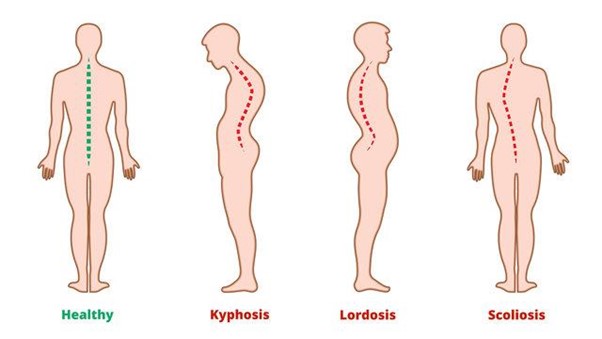A nurse is providing dietary teaching to a client who has a history of gout and recurring uric acid kidney stones. Which of the following instructions should the nurse include in the teaching?
Restrict calcium intake to one serving per day.
Take 3.000 mg of vitamin C daily.
The nurse should instruct the client to limit foods high in purines.
Eat 12 oz of animal protein daily.
The Correct Answer is C
A. Restrict calcium intake to one serving per day:
This statement is not accurate. Adequate calcium intake is essential for bone health. Calcium-rich foods are important for maintaining strong bones and are not directly related to gout or uric acid kidney stones. It's crucial to differentiate between dietary recommendations for different health conditions.
B. Take 3,000 mg of vitamin C daily:
High doses of vitamin C can increase urinary oxalate and uric acid levels, which might contribute to the formation of kidney stones. It is generally not recommended for individuals with a history of uric acid kidney stones.
C. The nurse should instruct the client to limit foods high in purines.
Dietary changes are important in managing gout and preventing uric acid kidney stones. Purines are natural substances found in many foods, especially animal products, and purine-rich foods can contribute to increased uric acid levels, leading to gout attacks and kidney stones.
D. Eat 12 oz of animal protein daily:
Consuming excessive amounts of animal protein, particularly red meat, can lead to higher purine intake, which is not advisable for individuals prone to gout and uric acid kidney stones. High animal protein intake can increase uric acid production and may exacerbate these conditions. Moderation in protein intake, especially from animal sources, is recommended.
Nursing Test Bank
Naxlex Comprehensive Predictor Exams
Related Questions
Correct Answer is ["A","B","C","E"]
Explanation
A. Applying ice intermittently - Ice application helps reduce swelling and inflammation by constricting blood vessels. It is effective in managing pain and preventing further tissue damage in contusions, strains, and sprains.
B. Elevating the injured limb - Elevating the injured limb above the level of the heart helps reduce swelling by allowing fluids to drain away from the injured area. This is particularly important in managing contusions, strains, and sprains where swelling is a common symptom. Elevation supports the body's natural healing processes.
C. Resting the affected extremity - Rest is essential to allow the injured tissue to heal. Avoiding movement and stress on the affected area prevents further damage and promotes the healing process. Resting the extremity prevents additional strain on the injured muscles, ligaments, or tendons, allowing the body to repair the damaged tissues effectively.
D. Massaging the affected limb - Massaging the affected limb is generally not recommended in the acute phase of musculoskeletal injuries, especially contusions, strains, or sprains. Massaging can potentially worsen the injury, increase swelling, and cause further tissue damage. It is important to wait until the initial acute phase has passed and consult a healthcare professional before considering massage therapy.
E. Compression dressings - Compression helps control swelling by applying pressure to the injured area. Compression dressings or bandages provide support to the injured limb, minimize swelling, and reduce the risk of further injury. However, it's essential to apply compression correctly to avoid cutting off circulation, and it's usually best done under the guidance of a healthcare provider.
Correct Answer is D
Explanation
A. Lordosis: Lordosis is an inward curvature of the spine, commonly seen in the lower back (lumbar spine) or neck (cervical spine). It creates a swayback appearance. Lordosis is not typically associated with osteoporosis.
B. Scoliosis: Scoliosis is a sideways curvature of the spine, creating an "S" or "C" shape. While scoliosis can occur in people of all ages, it is not directly caused by osteoporosis.
C. Ankylosis: Ankylosis refers to the stiffening or fusion of joints, often due to inflammation and progressive loss of function. It is not a spinal deformity associated with osteoporosis.
D. Kyphosis: Kyphosis is a forward rounding of the back, leading to a hunched or humpbacked posture. It commonly affects the upper back (thoracic spine) and is associated with osteoporosis, especially in older adults. When the bones in the spine weaken due to osteoporosis, they can compress and collapse, leading to the development of kyphosis. This condition is sometimes referred to as a dowager's hump when it occurs in older women.

Whether you are a student looking to ace your exams or a practicing nurse seeking to enhance your expertise , our nursing education contents will empower you with the confidence and competence to make a difference in the lives of patients and become a respected leader in the healthcare field.
Visit Naxlex, invest in your future and unlock endless possibilities with our unparalleled nursing education contents today
Report Wrong Answer on the Current Question
Do you disagree with the answer? If yes, what is your expected answer? Explain.
Kindly be descriptive with the issue you are facing.
